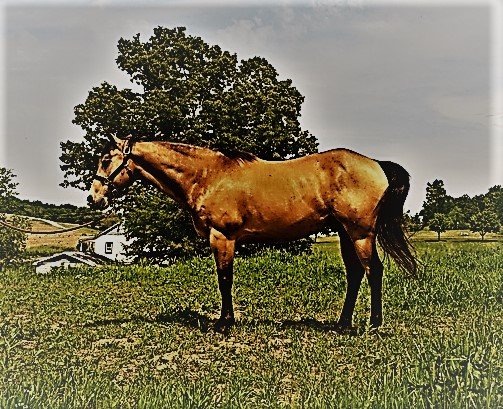
There is a common misconception that you need a “proper” arena to train horses. I’ve heard too many people justify giving up on their show dreams by saying: “Well I don’t have access to an arena to train.”
Well, guess what? I don’t either. The only arena I have access to is 5 miles away and $10 an hour to use. I’d go broke in less than a week if I insisted on using an arena to train all the time. All it takes is a little creativity to find places to train outside of an area. So here are 4 places outside of an arena where you can train your horse.
1. Field lanes
Field lanes are my favorite places to train because they are so versatile.
Tweet
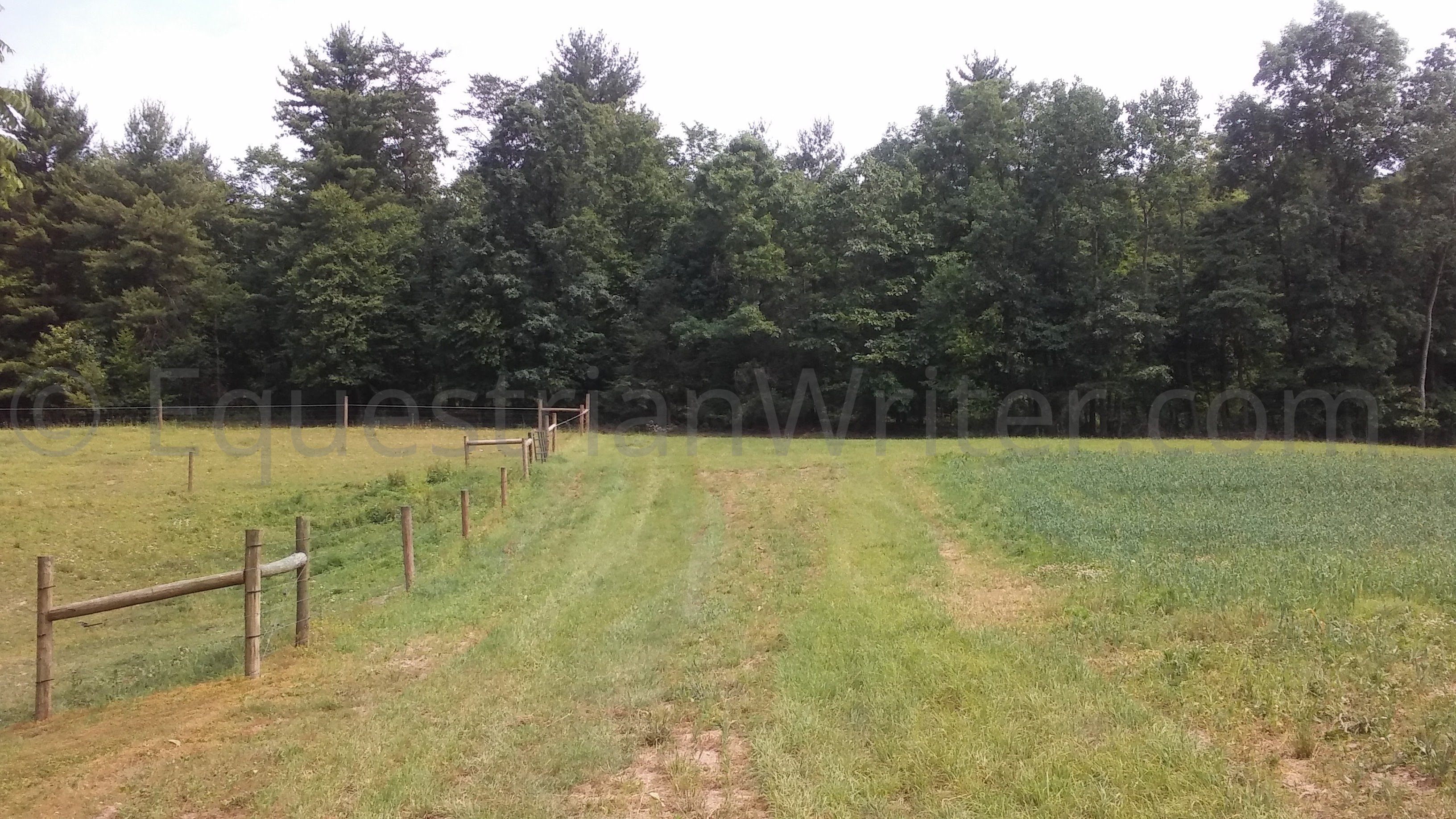
Most field lanes are long and straight. They also tend to be pretty wide to accommodate tractors and farm equipment. This makes them perfect for practicing all four gaits (walk, trot, canter, gallop), teaching leg yields, shoulder-in, shoulder-out, lead changes, rollbacks, transitions, and just about everything that involves going in a straight line. They are also a good place for teaching yielding the hindquarters and flexion as neither exercise requires much room.
2. Trails
Trails tend to be narrower than field lanes and not as perfectly straight depending where you live and what type of trails you have. This makes them good for more advanced stages of the aforementioned manuevers as well as a good change of scenery for a horse the bores easily.
Moose loves trails because they are always changing. Even though we ride the same trails over and over, the wildlife doesn’t always show up at the same place, a branch might have fallen across the path, leave might have blown differently, rocks may have gotten kicked around. It is an ever-changing environment that presents a challenge that keeps her alert and on her toes.
3. Pastures
Pastures or open fields are often good for the exercises that involve large circles. Obviously those circles aren’t generally very doable on field lanes or trails. Although you do want to be careful not to always do those circles in the same place though because you’ll start wearing a path in the grass. Pastures can also be useful for hill work if you live somewhere that’s not flat. Hills are great for building topline. You would be amazed at how much topline you can build with just walking up and down hills.
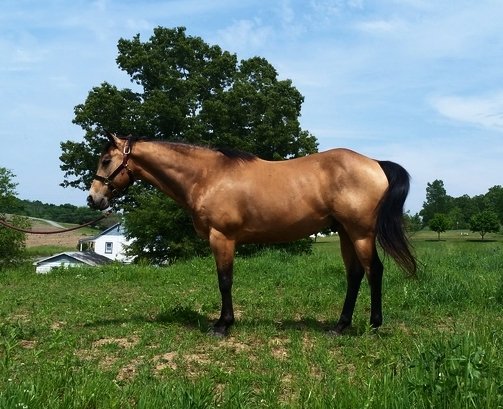
4. Paddocks
Paddocks are good for pretty much anything if you feel like you need a more confined area or aren’t comfortable riding outside a fence.
Keep in mind though, while these places are great for teaching most things, manuevers such as sliding stops do need arenas with special footing to be performed safely. However, those manuevers shouldn’t be overdone anyway and a lot of a horse’s training leading up to such maneuvers can be done outside of an arena.
How to turn your lack of an arena into an advantage
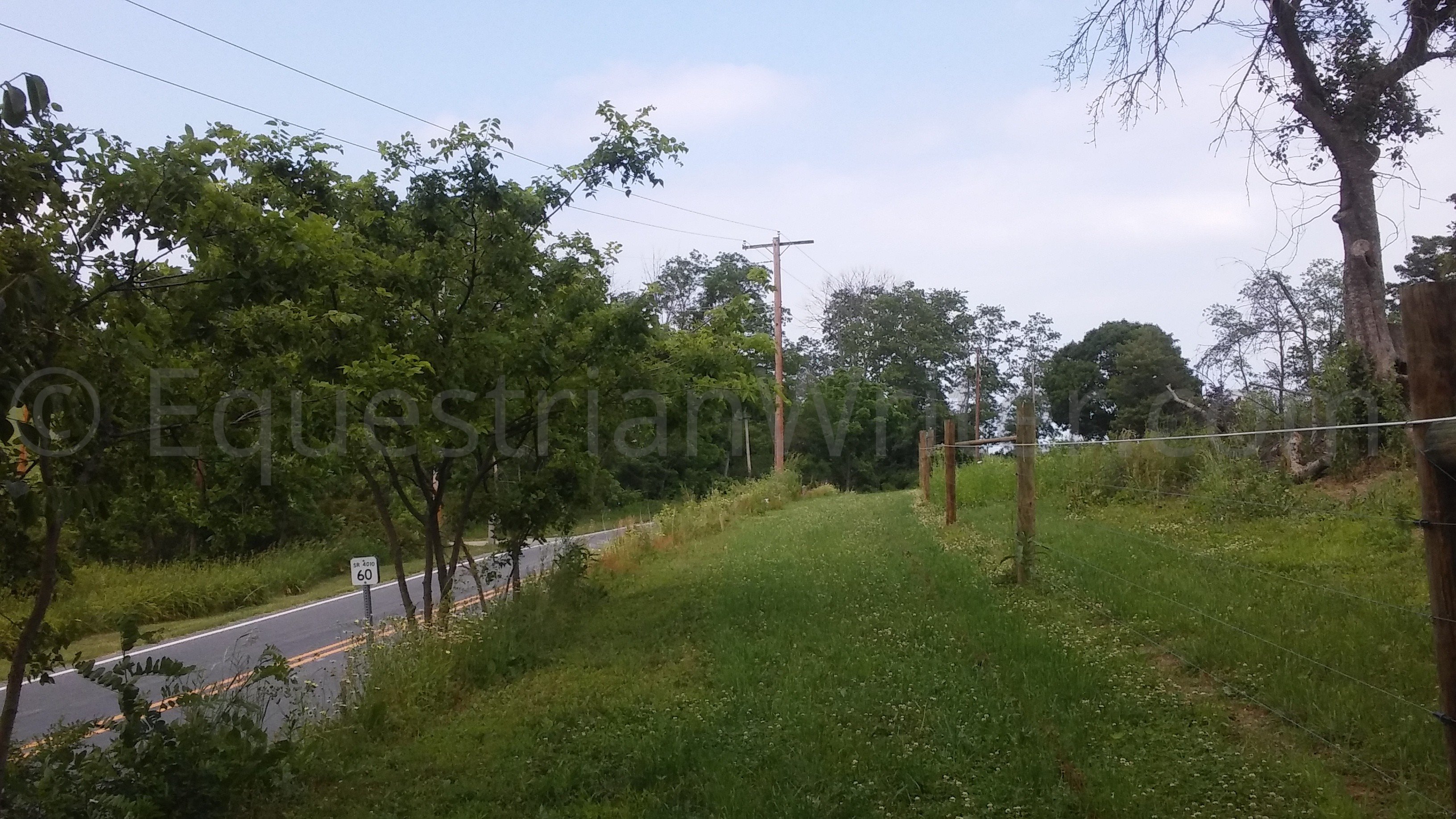
Using these creative tools to train your horse outside of an arena can actually work to your advantage. When you get to a show and are competing against people with fancy show horses who may rarely, if every, set hoof outside an arena, your horse actually has an advantage. Your horse is used to following your lead in an unpredictable environment. So when something goes wrong — say, another horse spooks outside the pen, or the paper from the judge’s clipboard comes loose and plasters itself across your horse’s face in the lineup (hey, don’t laugh, that happen to me with the gelding in the cover photo) — your horse hopefully takes it in stride and views it as just another strange thing that happens and ranks right up there along with the bunny rabbits hopping out of the bushes, leaves blowing in the wind, and scary squirrel monsters that run around in the trees.
Was this article helpful? Share and join the conversation on Twitter!
Competing against fancy show #horses your trail horse has an advantage of adaptability.
Tweet







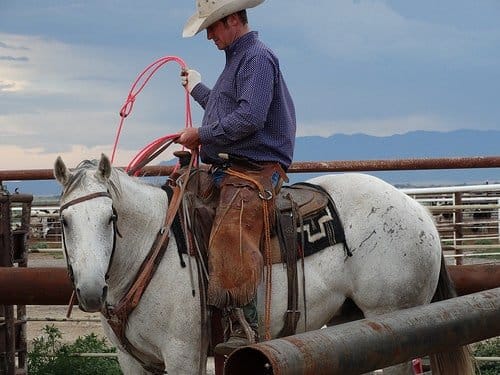
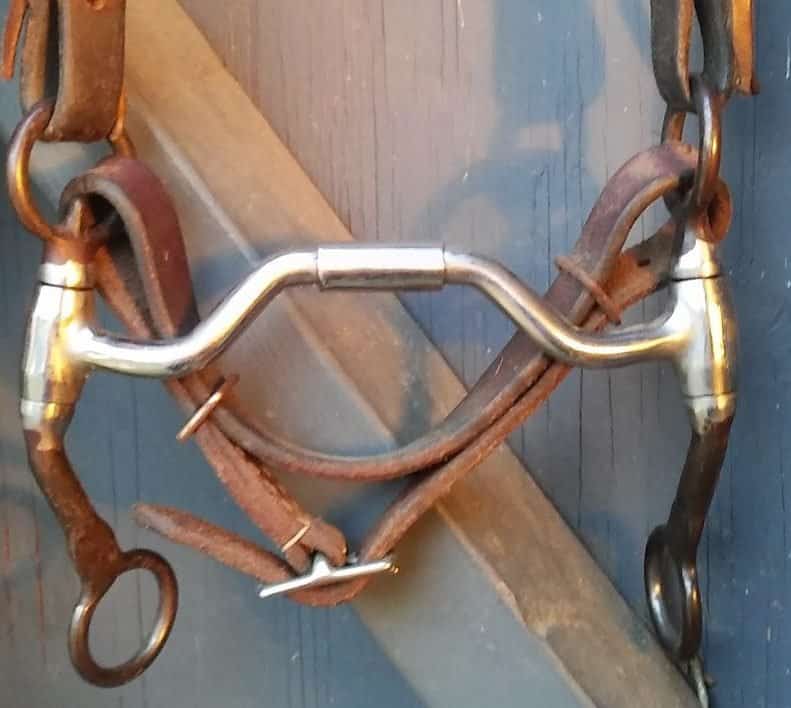
Thank you for the information blog “The power equestrian riding chips lies in their ability to unlock the innate strength of riders and horse, fostering a dynamic synergy that transcends traditional sporting boundaries. Equiprosurfaces redefine the expectation for Equestrian arena surfaces, reflecting a commitment to the well-being of both riders and their equine partners. Safety is paramount, and these surfaces prioritize riders and horse safety with features and minimize the risk of injuries during training and competition.”